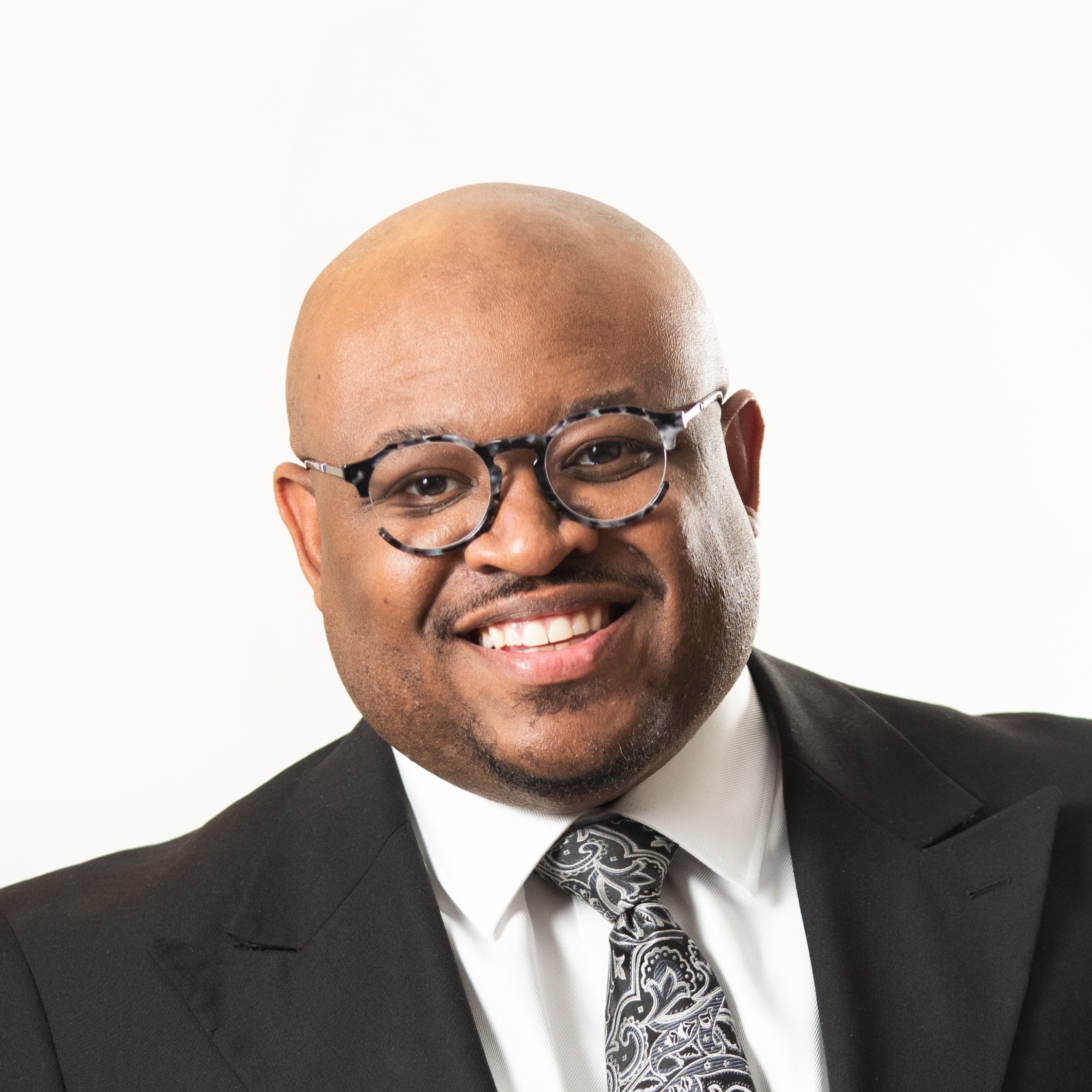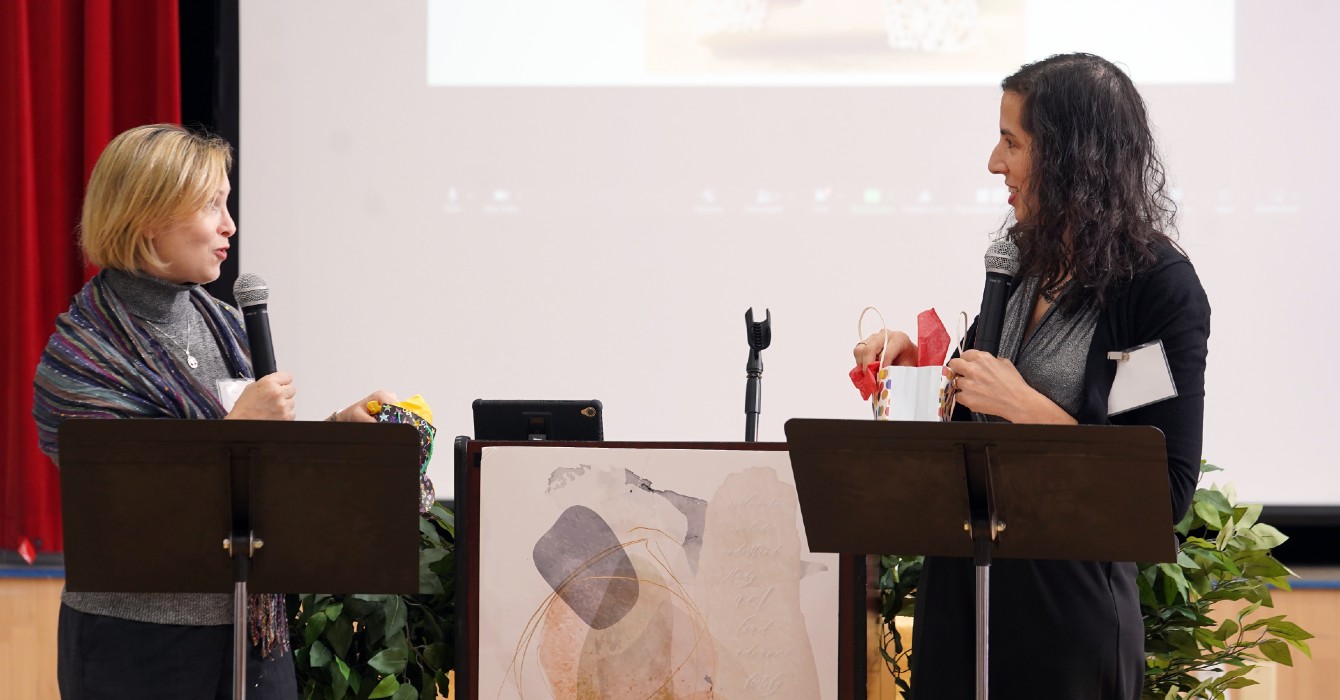The Rev. B.T. Williamson had seen the problem before, but now it seemed worse than ever. It was the 2006 appointment season, a time when the Texas Annual Conference of the United Methodist Church adjusted clergy assignments. Too many clergy were in “must-move situations,” Williamson said.
“We had disproportionately high numbers” of clergy who couldn’t stay in their positions for a variety of reasons, he said.
But rather than shuffle the pastors around as they always had, conference leaders decided that business as usual was no longer sufficient.
The conference, comprising 700 congregations in East Texas, was in the midst of a sea change that had brought a new mission and vision and a very public commitment to a new standard: excellence. And to Williamson, who was then the conference’s director of ministerial services, an assignment system driven by “must-moves” didn’t sound like a formula for excellence. They needed a new way.
The impulse to apply fresh thinking to old issues was prompted by a new bishop, Janice Riggle Huie, who had been assigned to the conference in 2004 and had begun shaking things up.
"While [the term ‘excellence’] is also being used in business, it's a word that belongs in the Christian faith,” Huie said. “We needed to reclaim it for the purpose of reaching the mission field and making disciples for Jesus.”
In 2006, the new mission and vision took root when the conference changed its organizational and budget models. The restructuring, leaders hoped, would sharpen its focus on the new mission and vision, increase its effectiveness and transform its culture.
“We’re really talking about sanctification, growing deeply in the knowledge of what we do,” Williamson said. “It’s not about us but the challenge of making disciples and forming the world.”
Transforming a culture
At the heart of the organizational changes was a reorganization of the conference’s structure in 2006. Conference leaders created three new centers of excellence – the centers for Clergy Excellence, Congregational Excellence and Missional Excellence -- and placed a new emphasis on accountability and data. The centers’ directors also became nonvoting members of the conference’s leadership team, giving them a critical voice in the conference’s strategic direction.
The effect has been a shift in focus away from the sort of reactive problem-solving Williamson had routinely faced and toward mission-based decision-making.
Questions to consider:
- The Texas Conference faced a significant adaptive challenge that led to its focus on “excellence.” What adaptive challenges do you face? What can this story teach you about responding faithfully and effectively?
- How does the structure of your leadership team reflect your institutional priorities?
- Are your individual performance expectations linked to institutional goals? How do your performance review practices connect with the strategic vision of your organization?
- Gail Ford Smith mentions the importance of support and accountability in moving clergy toward “excellence.” What do you do to provide both?
- The Alban Institute consultant raised some questions about the conference’s approach and offered constructive feedback to the leadership. How do you receive feedback about the effectiveness of strategic initiatives? What do you do with the feedback offered?
Including the word “excellence” in the names of the centers signaled the importance of the goal.
“That’s as public as you can get,” said the Rev. Cynthia Fierro Harvey, the first director of the Center for Missional Excellence and now deputy general secretary at the United Methodist Committee on Relief (UMCOR), the denomination’s global humanitarian aid organization. “When you tell people you’re going to be excellent, that’s the expectation you set.”
The effect, she said, was clearer priorities and “a laserlike focus. … You’re making appointments where you’re putting the right people in the right places for the right purpose.”
Case in point: clergy assignments. As Huie wrote in a 2009 monograph, an appointment process “largely driven by must-moves” was “a significant deterrent to ‘vibrant, growing congregations changing lives and re-shaping futures for Jesus Christ’” -- the language of the new vision.
Focusing on excellence gave the leadership what Huie called “one of those ‘a-ha’ moments. We realized that [when making clergy assignments] our client was neither the pastor nor the congregation, but rather the field mission.”
The conference revised its appointment-making practices to identify pastors with strong records of excellence or the potential for it, as well as strategic and high-potential congregations, and focused on better matching them. “Must-moves” would be considered later.
Excellence as fruitfulness
To reward excellence, you must first define it. Conference leaders did so by focusing more on what they call “fruitfulness,” or measurable data that are both quantitative and qualitative. Conference-wide, they focused on four “evidence of fruitfulness” measures: professions of faith, worship attendance, active involvement in mission and generosity.
“The whole purpose is to create an environment of support and accountability,” said the Rev. Gail Ford Smith, current director of the Center for Clergy Excellence. “We are helping move clergy toward an end result that is faithful and fruitful for congregations and missions.”
Reorganizing for faithfulness and fruitfulness “set a standard of expectations for excellence,” said the Rev. Dr. L. James “Jim” Bankston, senior minister at St. Paul’s UMC in Houston. “Business as usual was not working for us and is not who we’re called to be.”
The shift also prompted leaders to allocate resources based on strategic priorities.
The Center for Missional Excellence, for example, identified collaborative, mission-based opportunities with the Ivory Coast UMC conference, and from that followed education support, funding for a program distributing insecticide-coated nets, the establishment of a radio station and other spirit-led initiatives.
Along similar lines, the Texas conference took a renewed look at its own back yard. Its committee on Hispanic ministries, part of the Center for Missional Excellence, identified churches with potential for more fruitfulness in Hispanic outreach.
Some churches were already doing social justice programs aimed at Hispanics, such as ESL classes, academic tutoring and food pantries, but “what we often lack is putting the spiritual piece of the ministry in place,” said the Rev. Arturo Cadar, associate pastor at Friendswood UMC and chair of the conference’s Hispanic committee.
“We want to offer the people who benefit from our programs a place to worship and grow spiritually,” he said. “We want a measurable difference in the lives of Hispanics in the communities we serve.”
They are having success. In March 2011, the committee reported that there were 10 active Hispanic congregations and 16 churches with the potential to start ministries.
The committee also found that “there are an additional 25 to 30 churches that could be ministering to their local Hispanic communities and, currently, are not.”
It identified the main obstacles for why they already do not as too few clergy and lay ministers generally and too few in the seminary and licensing school pipelines with Spanish fluency and understanding of Hispanic culture. The committee has begun work on a plan to fill that pipeline.
“If we are serious about Hispanic ministries, we have to invest in Hispanic ministries,” Cadar said.
Young clergy, wellness and spiritual renewal
In the Center for Clergy Excellence, there was a strategic emphasis -- backed up with budget allocations -- on recruiting young clergy, said Williamson, who became the center’s first director and is now assistant to the bishop. “We’re looking at a tsunami of retirement. In the next 12 years, half of our clergy will retire, so we have to be ready to have competent clergy to replace them.”
The conference instituted a pastoral internship program for college students , a mentorship program, cohorts and financial aid to alleviate economic barriers to entering seminary. With funding from Lilly Endowment Inc., it launched Advancing Pastoral Leadership, a five-year program that targets young clergy for leadership development.
These programs have nearly doubled the percentage of clergy under the age of 35 in the conference, moving it from 4.6 percent to 8.5 percent, Williamson said. Those additional young clergy bring fresh vitality, a commitment to the hard work of social justice ministries and the promise of future leadership as the expected retirements hit.
Another piece targeted mid-career clergy by addressing their biggest needs. One, it turned out, was health. Obesity and stress were making clergy among the unhealthiest segments of the population, which not only diminished their effectiveness but drove up the conference’s health care costs. It instituted wellness education and financial incentives for improved health that have resulted in flat medical expenses for the last several years.
The conference also identified a need for increased investment in interim clergy to provide more short sabbaticals that allow clergy time for their own spiritual renewal. It set up peer groups to reduce isolation, added continuing education events and instituted ongoing assessment structures and early intervention models.
The results “are reflected in the fruit [clergy] bear in the churches where they serve,” Ford Smith of the Center for Clergy Excellence said. “We see it in healthier, more spiritually diverse clergy who live that out in longer pastorships.”
The commitment to “excellence” makes the work of the centers ultimately aspirational and affirming, said the Rev. Taylor Meador Fuerst, associate director of the Center for Clergy Excellence.
“This helps you push yourself. I think about the verb form of it, excel,” she said. “My hope is for pastors to excel in what they’re doing. That means they’re thriving and making a difference in the communities where they are. That’s powerful to think I want them to excel in this. What can we do to help them excel? What can we provide to help them live into this calling in a more effective way?”
Adjusting to change
But effecting this kind of large-scale change wasn’t always easy.
“With every step forward, there’s had to be a giving up and a letting go. We’ve felt the pain of letting go,” Huie said. “With every resurrection there has to be a death, and we've had the experience of both death and resurrection. But at the end of the day, the resurrection wins.”
The shift was not only organizational but cultural, and it raised “the uneasiness all of us have with the term ‘excellence,’” Meador Fuerst said.
“Is this a corporate term? A how-many-billable-hours-are-you-putting-in kind of thing?” she said. “All of us agree none of this can come down to numbers. Numbers are important. But there are also things you just can’t measure, stories of life changes and spiritual development. It’s messy.”
Modeling its commitment to accountability, the conference hired a consultant from The Alban Institute in 2008 to assess the progress and fruitfulness of its efforts.
In her report, available on the conference’s website, the consultant observed that “this model is seen as being initiated and imposed from the bishop downward. The local congregation does not see itself as a decision partner in the leadership equation.”
She also noted that the measures of fruitfulness were “almost purely quantitative at the congregation level and purely qualitative at the conference staff level.”
The expectation of “excellence” doesn’t mean “that people are perfect,” Ford Smith said. “What’s important is that we are as effective as possible in making disciples of Jesus Christ for the transformation of the world. We want to reflect as best as possible who Jesus calls us to be.”
The conference formed a task force to examine the report and consider how its work could be more faithful and fruitful, and it shared at its 2010 conference recommendations that included improved communications, new models for best practices, and the creation of a new youth/young adult director in the Center for Congregational Excellence.
“All of us want to see more United Methodists in mission, becoming disciples, real disciples, real churches,” read the report in the conference’s 2010 annual journal, “We are heading in the right direction and learning as we go.”
In her work at UMCOR, Fierro Harvey finds herself repeatedly drawing on the lessons she learned going through the “spade work” of prayer, discernment, committee work and strategic reorganization.
“Creating a new culture, that takes time, but then the fruit is really sweet because you’ve taken the time to do that spade work,” she said. “Not everyone is going to be happy, but it’s not about that. ... When you’re no longer being fruitful, there’s a problem.”













